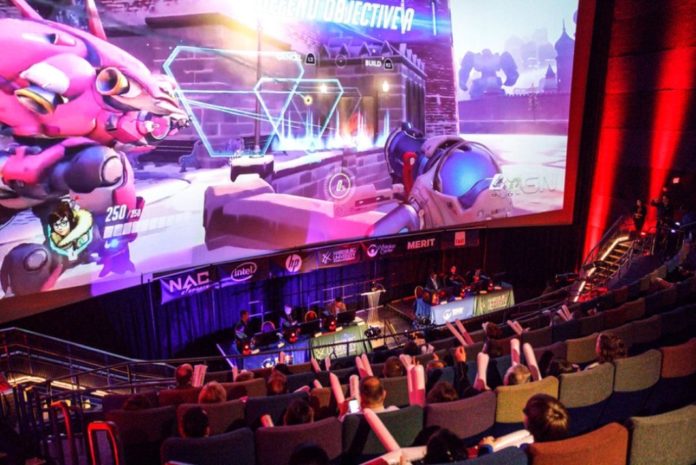esports at the collegiate level is still something new. Universities are starting to realize that these teams that used to be just campus clubs have the potential to be the next blockbuster of intercollegiate athletics. Arenas are being filled with followers that are willing to pay a ticket to watch their favorite Esports teams play. Professionalism is present in the world of video games, and it was just a matter of time that it would move on to the collegiate level. Brand new buildings and gaming rooms are being designed to host competitive Esport teams on campuses across the U.S., and a new concept of student-athletes is about to get the stage.
Multiple games are being played worldwide by millions of people; every game is different and has its own personality. The fact that the world of Esports is this diverse provides an unlimited number of possibilities for it to expand. Colleges can compete against each other in more than one game, which allows the opportunity of creating multiple programs. It all depends on the approach that universities decide to make in the next future, but the way college athletic departments currently work will undergo a significant change.
College Esports do not have an official governing body, which might make institutions think twice about investing a large amount of money in a project that is not yet regulated. NACE is the closest version of such an entity. According to B.J Fink, Greenville University Esports Head Coach, “Universities do not want to pay the affiliation fee to become part of the National Association of Collegiate E-Sports (NACE) because they do not offer any kind of competition.” They do not officially carry out any kind of league or championship in any games but instead partner with already existing associations like Tespa or CStarLeague, which make colleges wonder what the advantages of being a member are.

A total of 118 universities are currently members of the NACE. Among those schools are: 40 NAIA, 11 NCAA Division I, 21 NCAA Division II, 29 NCAA Division III, and 17 NJCAA community colleges. Compared to the total operating schools in the United States, the 118 member universities is relatively low.
The absence of a governing body depicts an entirely different scenario for schools that are generally regulated by the NCAA, NAIA, or NJCAA in their sports. Recruiting, scholarships, and other requirements are not imposed in this context, which gives colleges the freedom to prepare for future opportunities and students the possibility of receiving scholarship money for playing video games. During the interview with B.J. Fink, he was asked: Would the NCAA want to start regulating Esports in the near future? In such a case, the National Collegiate Athletic Association would be able to negotiate new contracts with broadcasting networks, which means more money, presence, impact, and relevance will be brought into esports. However, Coach Fink does not seem to agree with that idea for a simple reason, “They cannot control the games because they do not own their rights, video games companies do.”

Everyone agrees that the opportunity of starting a competitive Esports program is now on the table for colleges to take it. Being an early adopter of a program can involve serious risks, especially because of the investment that is needed and the uncertainty of the future of Esports at the collegiate level. Multiple institutions have already made the decision, and some programs have shown to be successful. Esports might not enjoy the fame and respect that other sports have, but the popularity and growth show that this reality might not last any longer.




























